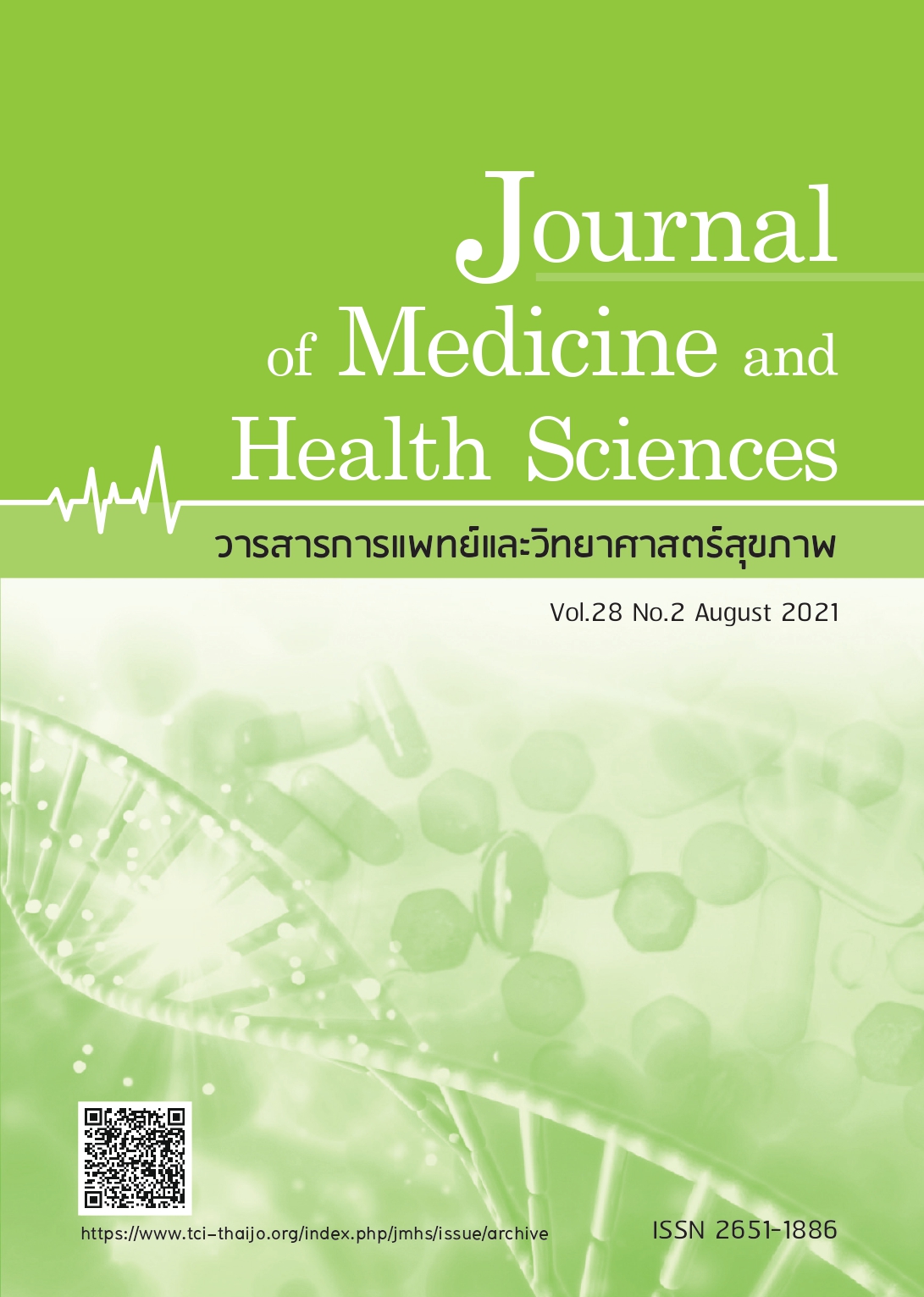The development of a risk identification system in hospitals
Keywords:
risk identification, hospital, dental unit, technologyAbstract
Risks are chance occurrences that lead to mistakes, damage and danger, which occur under uncertain circumstances. In Dentistry, there are many risks for both operators and patients. Risks can occur before the patients reach the hospital, during and after the operation. Risks can also be caused by the site, the equipment and the healthcare professionals themselves. Therefore, risk reporting through a risk identification system is an effective method to minimize risk. If risks are entered into a risk identification system, preventive methods can be found to reduce the chance of risks occurring in the future. This study realizes that risk identification is very important because it is not only beneficial for dentistry, but also for other hospital activities. Thus, this study has developed a risk-finding approach, from the use of a single-paper note method, the two-paper note, a separating clinical and non-clinical risks method, the use of computer programs, and the use of URLs and QR codes in risk identification. This study is divided into five case studies, focusing on the number of risk reports that occurred and on interviews with the staff in order to collect their opinions on the risk-finding system in each case study. This study revealed that the number of risk reports tended to increase over time. Currently, most staff members may use QR codes to fluently report risks through current risk identification systems, but some personnel still lack technological skills and are used to taking paper notes. Some groups prefer to use computer reporting, while many suggest that there should be multiple and additional ways to report risks. Some of the staff are still trying to learn how to use QR codes in reporting because they have realized the importance of technology.
References
2. Kheytui W, Janaiem W, Natthasetsakul S, et al. Study of factors affecting incidence of patient’s blood or fluid contamination, needlestickorinjuryformsharpinstrument
in dental students at Faculty of Dentistry, Mahidol University. Mahidol R2Re-Journal. 2020;2;100-24.
3.Honda M, Chompikul J, Rattanapan C, et al. Sharps injuries among nurses in a Thai regional hospital: prevalence and risk factors. Int J Occup Environ Med
2011;2:215-23.
4. Sharew NT, Mulu GB, Habtewold TD, et al. Occupational exposure to sharps injury among healthcare providers in Ethiopia regional hospitals. Ann Occup Environ
Med 2017;29:7.
5. Patrician PA, Pryor E, Fridman M, et al. Needlestick injuries among nursing staff: association with shift-level staffing. Am J Infect Control. 2011;39:477-82.
6. The Healthcare Accreditation Institute (Public Organization). Risk Management Guidance for Implementation of HA Standards. 4th ed. Nontaburi, The
Healthcare Accreditation Institute (Public Organization); 2018.
7.The Healthcare Accreditation Institute (Public Organization). Healthcare Network System Standards. 1thed. Nontaburi, The Healthcare Accreditation Institute (Public Organization); 2020.
8. Google. How to use Google Forms [Internet]. 2020 [cite 2020 Aug 9]. Available from: https://support.google.com/ docs/answer/6281888?co=GENIE. Platform%3DDesktop&hl=en.
9. Tucker A. What are those checkerboard things? How QR codes can enrish student projects. Tech Directions. 2011;4;14-16.
10. Denso Wave. QR Code [Internet]. 2016 [cite 2020 Aug 9]. Available from https:// www.qrcode.com/en/index.html.
11. Hicks A, Caroline S. Situated Questions and Answers: Responding to Library Users with QR Codes. 1st ed. New York: American Library Association; 2011.
12. Ewel A. Orientation using QR codes: ipads in the library. Library Media Connection; 2014;32;52.
13. Rogers E, Shoemaker F. Communication of innovations: A cross-cultural approach. New York: Free Press. 1991.



